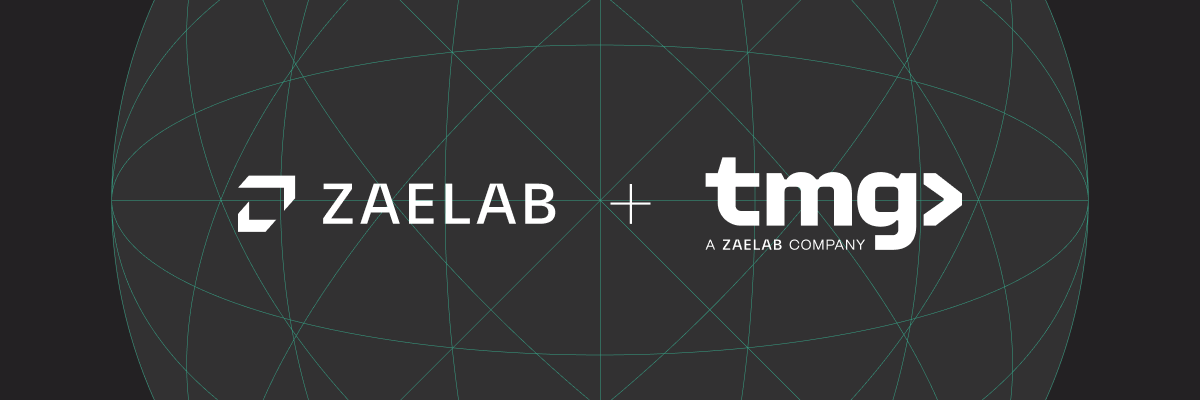See our previous article, “Moving from UX Data to Insights: 4 Key Pillars,” for more on what makes a UX insights strategy successful.
Decisions are only as strong as the insights behind them. Without strong insights guiding you, creating experiences that earn buyers’ trust becomes nearly impossible. And in times of economic uncertainty, trust becomes essential for growth.
As we mentioned in our last article, moving to an impactful UX insights strategy takes more than just collecting and analyzing data. It’s about being intentional, asking the right questions, understanding the bigger picture, and turning these practices into habits that stick.
This article builds on what we covered last time, exploring the common challenges teams face when shifting from data and analytics to insights—and how to solve them.
Start Small
UX is expansive. It encompasses everything from information architecture and content structure to accessibility and performance. With so many areas in play, it’s tempting to apply everything you’ve learned and improve it all at once. But that impulse to boil the ocean can stall progress before it even starts, leaving teams frustrated and more likely to abandon their efforts altogether. And if you change everything at once, how can you tell what’s influencing what? Isolating variables and making one change at a time is essential to understanding cause and effect.
Start small—with one feature and one outcome. Choose a focused starting point and build a complete strategy around it. Be precise and keep your goals manageable. Even small changes can target areas with the potential for large impact. A prioritization matrix is a helpful tool for identifying which changes will deliver the most impact relative to the effort required. Once you achieve your initial goal and surface meaningful insights, you can begin expanding outwards, applying the same approach to other high-priority features.
Avoid Data Overload
UX touches so much that the amount of data you could collect is almost endless. But capturing too much data too soon is almost as bad as using the wrong metrics. Without a clear focus or strategy, you risk getting lost in the noise and overwhelmed by data. Even a single area of focus can come with a complex mix of metrics and data to navigate.
The data you capture and analyze should always be relevant and actionable to the questions you’re trying to answer. For example, consider the cart abandonment scenario from the last article: Why are people abandoning their shopping cart? Let’s say your analytics tool captures demographic information. In many cases, this data reflects independent random variables with no measurable impact on abandonment rates. Instead, factors like load times, how pricing is styled or calculated, or integrated payment methods would offer much more relevant information. If you aren’t intentional about the data you collect and why, you’re unlikely to find anything truly valuable.
Price, Cost, & Value
Price, cost, and value aren’t the same. And when it comes to UX, it’s important to think through each one before making a decision.
Price is the initial monetary payment. Cost is what you continue to invest over time in maintenance, training, effort, and resources. Value is what you gain—the impact on your users and your business. Ask yourself: do you tend to overvalue one and undervalue the others?
It’s easy to find yourself gravitating towards the more affordable solution or the one that promises to deliver the most value. What looks like a cost-effective choice upfront can end up creating more work in the long run with manual tasks or maintenance that eats into your team’s time and resources. Finding a balance between all three–price, cost and value–is what leads to smart UX decisions that deliver both immediate and long-term wins. Keep this in mind when you’re making decisions and when you’re pursuing the insights that guide them. For instance, skipping out on research due to its costs can mean missing out on valuable insights about your customers—the kind that drive meaningful improvements. In fact, one report estimates that investing just 10% of a project’s cost in usability research can result in a 100% improvement in key metrics.
Adaptability
Even if you’re asking the right questions, collecting the right data, and finding the right insights—it won’t matter if your organization can’t adapt to what it learns. When new insights surface, especially those that challenge existing processes, how will your business respond? And if you decide to act, how long will it take to turn insight into execution?
Your answers to these questions are a direct reflection of your business culture. If your organization can’t respond to new information effectively—you’re not just slowing growth, you’re wasting effort. It’s like buying a high-performance sports car and never filling the tank. What sets successful organizations apart isn’t just a strong insights strategy, but a culture that embraces change.
Turning Challenges into Opportunities
There may be a few bumps along the way on your journey to a strong UX insights strategy—and some may reveal deeper, organization-wide challenges. But think of them less as setbacks, and more as opportunities to improve. Otherwise, you risk falling behind the companies that have already put in this work.
When your teams are aligned on what success looks like and move with clarity, relevant and actionable insights start to surface. Start small, remain focused, and these insights will answer the questions you need to create experiences that build trust. If you want to move faster on your journey to an impactful UX insights strategy, reach out to our experts.



